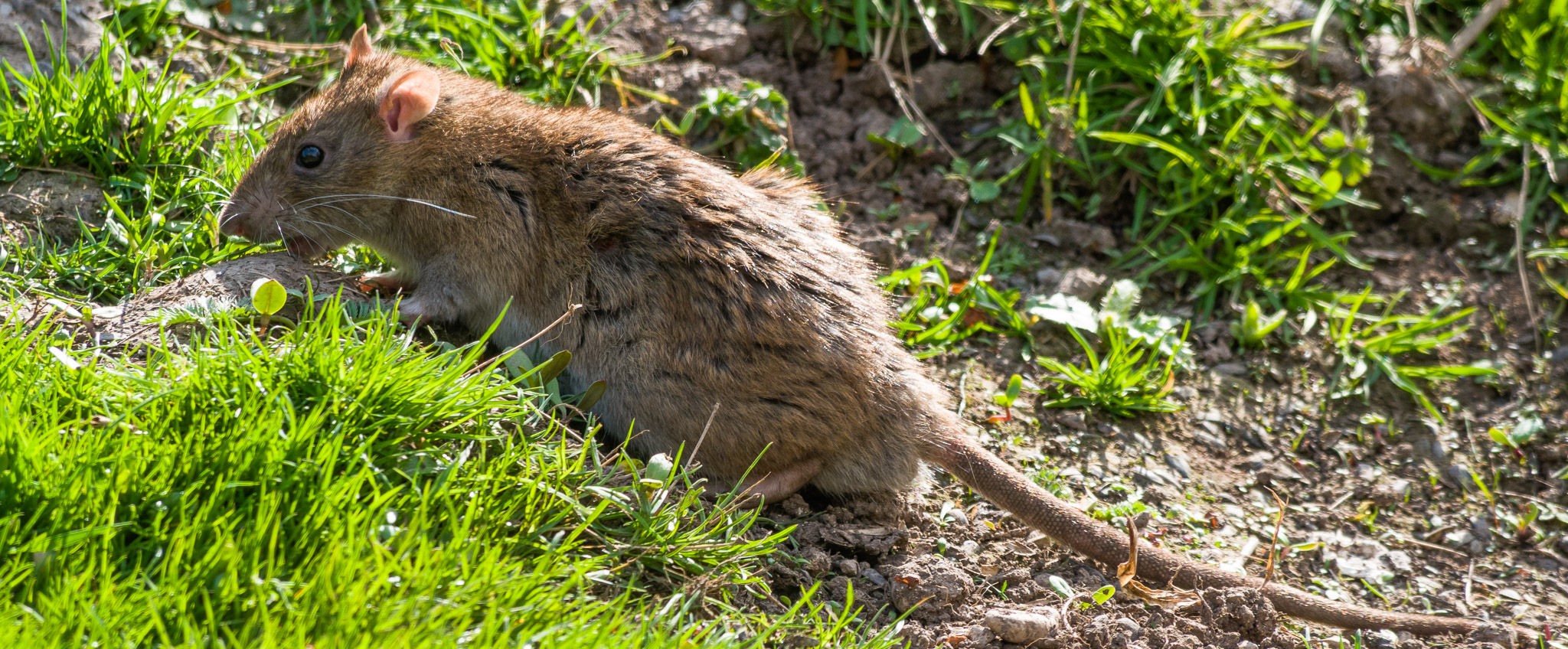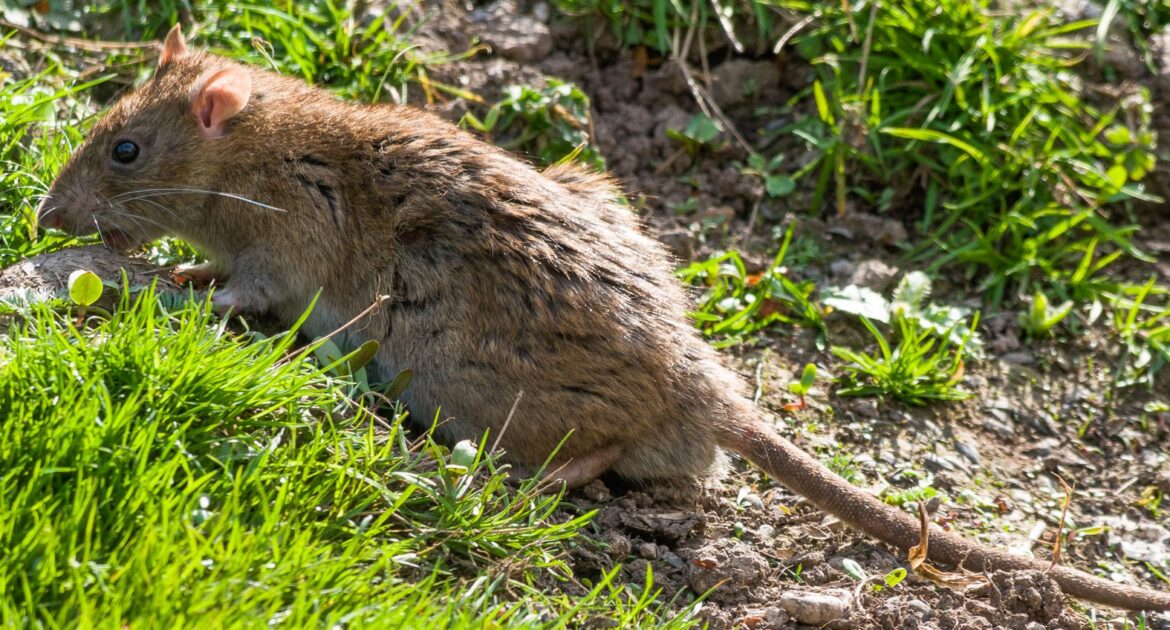Mice and rats in your home can be more than just a nuisance; they pose serious health risks and can cause significant damage to your property. Understanding why these rodents seek shelter in our homes is crucial for effective prevention and wildlife removal in Montgomery County.
Typically, mice and rats enter homes in search of food, warmth, and shelter. The signs of a mice infestation include droppings, gnawed wires, and scratching noises in walls or ceilings. These signs are often the first indicators that it’s time to get rid of mice.
Skedaddle’s professional wildlife removal services can help address the issue humanely and efficiently, ensuring your home is safe and rodent-free. By focusing on early detection and expert intervention, you can protect your home and family from the hazards these pests bring.
Why Do Mice and Rats Enter Homes?
Mice and rats are constantly on the lookout for shelter. During colder months, they search for warm and cozy places to nest. Homes provide the perfect environment with plenty of nooks and crannies to hide in. Attics, basements, and walls offer ideal nesting spots where they can stay safe and warm.
Another reason they seek shelter in homes is to escape predators. In nature, mice and rats face threats from birds of prey, snakes, and other animals. By moving inside a house, they find a safe haven where they can avoid these natural threats. This makes homes an attractive option for them to settle down.
Finally, homes often provide a stable environment compared to the outdoors. Weather conditions can be harsh and unpredictable, but houses offer a consistent climate. This stability makes it easier for mice and rats to thrive and reproduce, leading to more significant infestations if not addressed promptly.
Easy Access to Food
One of the main reasons mice and rats enter homes is the availability of food. These rodents are opportunistic feeders and will eat almost anything. Kitchens and pantries are like treasure troves for them. Unsealed food containers, crumbs on countertops, and pet food left out overnight can attract mice and rats.
Garbage cans are another common food source. If not properly sealed, they provide easy access to leftovers and scraps. Mice and rats have an excellent sense of smell and can detect food from a distance. Ensuring that garbage is stored in sealed containers can help reduce the risk of attracting these pests.
Bird feeders and pet food dishes outside can also attract rodents to your home. While feeding birds and pets is essential, it’s crucial to manage these food sources properly. Bringing pet food indoors at night and keeping bird feeders away from the house can help minimize the risk of attracting mice and rats.
Looking for Water
Just like all living creatures, mice and rats need water to survive. Homes often provide easy access to water sources, making them attractive to these rodents. Leaky pipes, dripping faucets, and even pet water dishes can serve as hydration points for them.
Bathrooms and kitchens are common areas where rodents can find water. Ensuring that there are no leaks or standing water is essential. Regularly checking and fixing any plumbing issues can help deter mice and rats from seeking water sources inside your home.
Basements and crawl spaces can also be sources of moisture. Poor ventilation and water seepage can create damp conditions that attract rodents. Addressing these issues by improving ventilation and using dehumidifiers can make these areas less inviting to mice and rats.
Nesting Materials
Mice and rats are resourceful when it comes to building nests. Homes often provide an abundance of materials they can use. Insulation, paper, fabric, and even pet hair can be used to create cozy nests for them and their offspring.
Attics and basements are prime locations for finding nesting materials. Old clothes, cardboard boxes, and stored items can be shredded and used for nests. Keeping these areas organized and clutter-free can help reduce the availability of nesting materials.
Additionally, outdoor items like firewood piles, leaf litter, and garden debris can provide nesting materials. Keeping the yard clean and storing firewood away from the house can help minimize the risk of rodents finding suitable nesting materials close to your home.
Small Entry Points
Mice and rats are incredibly agile and can squeeze through tiny openings. A gap as small as a quarter-inch is enough for a mouse to enter your home. Rats can enter through slightly larger openings. Identifying and sealing these entry points is crucial in preventing infestations.
Common entry points include gaps around doors and windows, holes in exterior walls, and openings around utility lines. Regularly inspecting your home’s exterior and sealing any gaps or holes can help keep rodents out.
Vents and chimneys are also potential entry points for mice and rats. Installing screens or covers can help prevent rodents from using these openings to enter your home. Ensuring that these barriers are secure and in good condition is essential for effective rodent prevention.
How to Keep Mice and Rats Out
Now that we’ve discussed why mice and rats enter homes, let’s focus on how to keep them out. Prevention is key to avoiding infestations and the problems they bring. Here are some practical tips to help you protect your home from these unwelcome guests.
- Inspect your home for any gaps or holes that rodents could use to enter. Pay close attention to areas around doors, windows, and utility lines. Use caulk, steel wool, or other appropriate materials to seal these entry points. Regularly check these areas to ensure they remain secure.
- Keep your home clean and free of food debris. Store food in sealed containers and promptly clean up spills and crumbs. Regularly empty garbage cans and use sealed containers to minimize the risk of attracting rodents. Outside, keep bird feeders and pet food dishes away from the house.
- Fix any leaky pipes or dripping faucets to eliminate water sources. Ensure proper drainage around your home to prevent standing water. In basements and crawl spaces, use dehumidifiers and improve ventilation to reduce moisture levels.
- Keep attics, basements, and other storage areas organized and clutter-free. Store items in plastic containers with tight-fitting lids. Outside, keep firewood piles and garden debris away from the house to reduce the availability of nesting materials.
- Install screens or covers on vents and chimneys to prevent rodents from entering. Ensure that these barriers are in good condition and securely attached. Regularly inspect and maintain these barriers to ensure their effectiveness.
Choose Skedaddle for Wildlife Removal in Montgomery County
While prevention is essential, sometimes professional help is necessary to address existing infestations. Wildlife removal experts, like those at Skedaddle, specialize in humane and effective rodent control. They can identify entry points, seal them, and remove rodents without causing harm.
Professional wildlife removal services also provide valuable advice on preventing future infestations. They understand rodent behavior and can offer tailored solutions to keep your home rodent-free. Investing in professional services can save you time, money, and the hassle of dealing with infestations on your own.
Prevention is the Key
Understanding why mice and rats enter homes is the first step in preventing infestations. By addressing shelter, food, water, nesting materials, and entry points, homeowners can significantly reduce the risk of rodent problems.
Remember, prevention is key to keeping your home rodent-free. Regular inspections, maintaining cleanliness, and addressing potential entry points can help protect your home from these unwelcome guests. If you need professional help, don’t hesitate to contact Skedaddle for expert wildlife removal services.
Take action today to keep your home safe and rodent-free. Contact Skedaddle to learn more about our humane and effective rodent control solutions.




